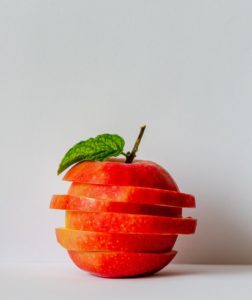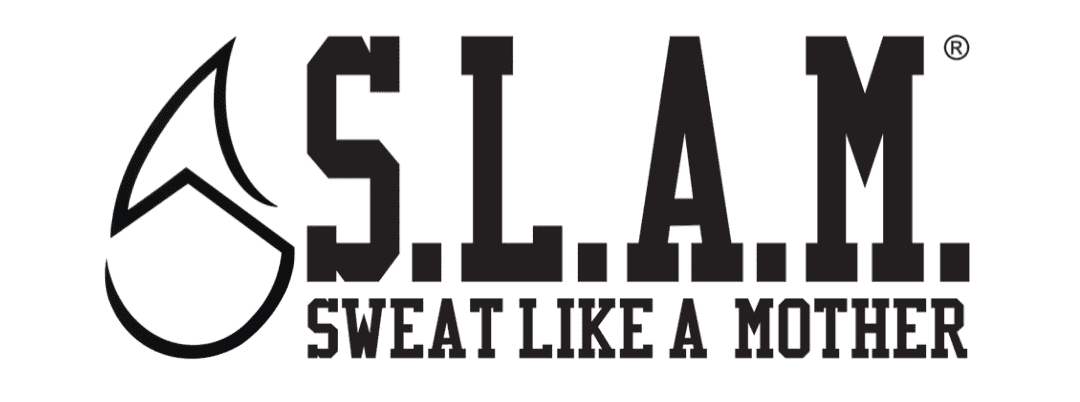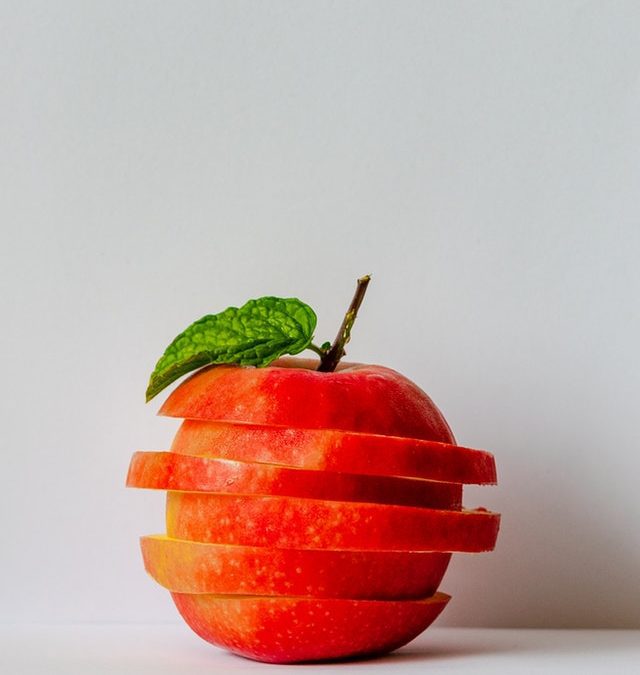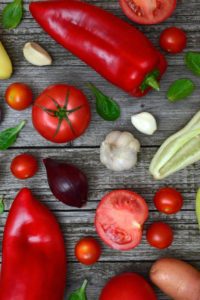Hey mamas! I know how busy you are with all the things so I wanted to give you a trick to help you improve your nutrition. Don’t worry, it’s not gulping down kale smoothies or fasting for 72 hours. It’s much easier! It’s referred to as “habit stacking.”
I first heard this term listening to a podcast. The premise of this fabulous tool is that you don’t have to make room for one more thing…you just need to tack on habits that you want to acquire to habits you already have! There are a few books out there regarding this topic and they tend to focus on routines to improve your business. However, you can take those principles to improve your nutrition habits.
According to Steve Scott, who wrote “Habit Stacking: 97 Small Life Changes That Take Five Minutes or Less” – “The essence of habit stacking is to take a series of small changes and build a ritual you follow on a daily basis.” This seems like a fancy definition, but I guarantee you have done this before when you welcomed your kiddos into your home. You created a routine for feeding/diaper changing/bathing/tummy time/getting ready for school… And, you’ve been flexible enough to tweak the routines as the kiddos grow. I assume that you changed breastfeeding/bottle feeding to real food and swapped diapers for undies when the opportunity presented. Whether you’re aware of it or not, you have mastered habit stacking in some areas of your life.
How can you apply this to your nutrition?
- Prep when you’re already prepping. When you’re making dinner and you already have the cutting board out and the knife – chop a few more veggies or pieces of fruit to have available for the next day for lunch or a snack.

- Balance the budget and meal plan. In our household, we do the budget once a week. We reconcile receipts, pay bills that are due, and follow up on miscellaneous adulting stuff. Since I’m already sitting down and working, this is the perfect time to meal plan and make a grocery list. By stacking these tasks it helps me stay mindful of the budget when meal planning, provides access to the computer to find new recipes, and offers me the space to look through my recipe binder and cookbooks. Linking the budget and meal planning together has been a solid win-win for our family. We eat at home more often, use our veggies in meals rather than throwing them away untouched, and get in a variety of meal options since I’m not stuck in a rut grocery shopping on the fly without a plan.
- Stack a little to the nightly kitchen clean-up. My husband refers to me as Hurricane Tiff when I cook. Ugh. I try to be orderly…but I also multi-task which does little more than make a mess and get more on the counter than is in the fridge or the cupboards. So, after dinner is done, I clean up the remnants of Hurricane Tiff. And make my school-aged son’s lunch for the next day. And prep a small snack for the younger two for SLAM class in the morning. And prep the coffee. And put the soap in the dishwasher, leaving the wrapper on the counter as a reminder so I don’t forget to start it. In doing all this prep work after the natural disaster in our kitchen, I am more relaxed in the morning. My coffee is ready to go, helping me survive the out-the-door-on-time rodeo that happens EVERY MORNING.
- Put away the groceries and make your healthy options visible. Tack on another ten minutes or so to your grocery routine so you can make your healthy goods visible. Rinse your produce and put it front and center in the fridge. I know there’s a drawer for produce, but “out of sight, out of mind.” Switch around your fridge so you store your LaCroix or condiments, or baking supplies, or dairy goods, or deli items in the drawers and proudly display your berries, celery, salad mix, cucumbers, and bagged veggies front and center. When it’s cleaned and ready-to-eat and right in front of your face, you’re more likely to use it. Store room-temp produce in a prominent place on your counters or kitchen table. They’ll lend color to your kitchen and remind you to eat them on the regular. This takes a few minutes after each grocery shopping trip – but it is well worth it if it helps you decrease the amount of rotten produce you toss.
 These are only four examples of how to habit stack when it comes to nutrition. You can apply this approach when adopting other healthy habits too. Rather than trying to “change all the things” – stack your habits, link your tasks together to help you be more successful. It takes a little practice to develop routines that keep you healthy, but once you have the stacking down, it’s routine!
These are only four examples of how to habit stack when it comes to nutrition. You can apply this approach when adopting other healthy habits too. Rather than trying to “change all the things” – stack your habits, link your tasks together to help you be more successful. It takes a little practice to develop routines that keep you healthy, but once you have the stacking down, it’s routine!



Recent Comments